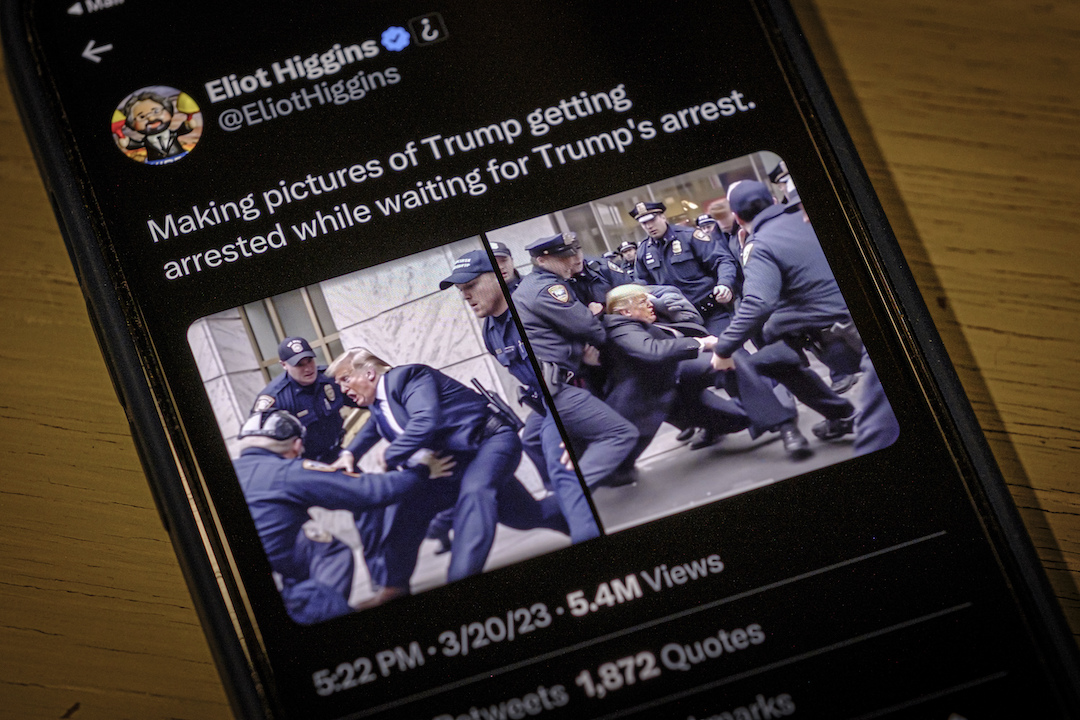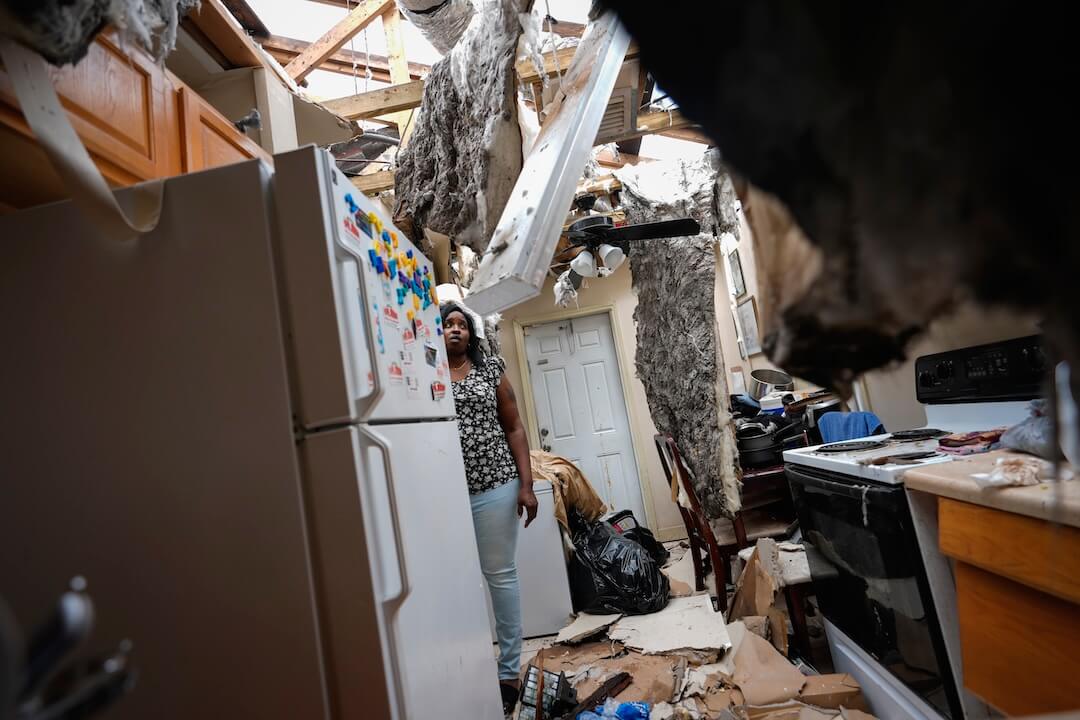How does journalism signal its trustworthiness to an audience that has lost confidence in its ability to be fair?
That’s been the ongoing question behind The Trust Project, which has convened journalism strategists and leaders over the past year to identify and develop tools which may help build trust with readers.
The initiative, which is based at the Markkula Center for Applied Ethics at Santa Clara University, has interviewed people about their feelings on the news, identified a preliminary draft list of trust indicators, convened news leaders to prioritize possible standards and recently co-hosted a two-day hackathon alongside the BBC for news organizations that wanted to develop tools that might indicate trustworthiness to readers.
Two of the tools were aimed at helping readers learn more about the author of a reported piece. La Stampa developed a prototype that could show similar pieces written by the same author, while the Institute for Nonprofit News and the BBC collaborated on a WordPress plugin that could help readers understand more about an author’s background or area of expertise.
Could a change in byline design help restore public trust? The idea appealed to me, so I reached out to RC Lations, the lead developer at the Institute for Nonprofit News, who attended the hackathon and has spent a great deal of time thinking about an author’s byline as a conduit for transparency.
You recently went to a hackathon in London to develop something that would increase indicators of trust on news organization websites. How did you think about trust and factors that might lead to it in the days leading up to the hackathon?
I spent a lot of time thinking about how to tackle the problem of trust, because it’s incredibly tricky.
What I came up with is two different ways of looking at the problem. You can say, “‘We can deal with this in a centralized way,’ and say ‘This is trustworthy and this is not or we can be more organic and think about the properties about why something is trustworthy.'”
I think the second approach is more valuable because fits into a solution that humans would actually want to use. If we randomly pick a paper — let’s say, The New York Times — and you say ‘We’re going to rate every newspaper in the world and say whether they’re trustworthy or not,’ well, who is making that decision?
There are a lot of people who probably don’t trust the Times or don’t trust everything the Times prints. And creating that kind of structure then runs into an issue of determining who is deciding what’s fake and what’s not. People don’t want to give control to any one party to decide that — and that could naturally raise a whole host of questions about the gatekeepers.
I felt strongly that creating more gatekeepers or arbiters is not the solution. I think people will still have to decide whether they trust the gatekeepers. And if they don’t trust the gatekeepers, well, then there are still problems even if the news itself may be trustworthy.
What kind of problems are you thinking about?
It’s a modern psychology problem. There’s misinformation and fake news everywhere. We haven’t figured out a template in another discipline of how we deal with that.
Science presents an interesting template that we might able to look at. I was recently rereading an article from FiveThirtyEight about who’s going to debunk the debunkers. It was about the science of iron in spinach how that was miscalculated originally, back when Popeye was a thing.
Someone explained it was miscalculated but then that explanation of how it was miscalculated was also incorrect, and the story unwound the whole thing. And this thing happens all over the place. Fake news is not necessarily (incorrect) information. A lot of what we talked about at the hackathon was misleading information or information that was taken out of context.
Personally there’s a lot of stuff I’ve seen people share that I would consider fake but they have some sort of truth wrapped in an misinformation campaign around it. It’s not a lie outright, but it’s not definitely true either.
I’m telling you all of this because it influenced what we ended up building at the hackathon. We weren’t thinking of the largest publications, but wanted to think about the underdog publishers. We thought: What can really be done that we know will have a positive impact? What can we do that would work tomorrow if someone could do it?
You ended up building a plugin that would provide taxonomy-specific bios for journalists. Can you talk a little bit about how you came up with that idea?
A lot of the people at the hackathon were from major publications and were talking about things like algorithms that they could bring back to a large newsroom and put a team on. But we wanted to focus on something that was immediately actionable for the little guys and demonstrated something about their credibility.
What we came up with was contextual author bios. When you’re using WordPress, the default display is having an author name and when the post is written and then you can click on the ‘author,’ which brings you to a list of everything they wrote and maybe their biography as well.
We thought “What would be really valuable is if we had the author’s expertise alongside the article.” If I’m writing an article about energy, there might be 1-2 lines about my 20 years of experience writing about energy and list my qualifications. It would be concise, something that you can glance at, which would give readers an instant sense of who is writing the article.
How might that account for qualifications other than number of years and/or education levels? It seems like it might skew towards older journalists with more educational degrees, which doesn’t always indicate whether someone is qualified to write about a subject.
Our big focus was transparency. The best thing we can do is be transparent. Maybe a publication has four editors that proofread and review articles before they go out but who knows that? No one knows staff credentials besides the newsroom, and we wanted to make (those credentials) more public.
What does a perfect author bio include? What kinds of things can you include in a byline to make someone more transparent that might not be related to how many years they’ve been in the journalism industry?
There are lots of interesting pieces — we can think ‘What are all of the things that should be explained to the reader?’ Is this a first-hand account, does the author live geographically near where the event in the piece is taking place? All of those factors give transparency to what you’re writing about. Years of experience doesn’t benefit newer writers as much, but it gives more of a playing field for people who have experience.
How does knowing that information benefit the reader?
There’s was a recent article in USA TODAY titled “Trump lawyer: Lawsuits would have been ‘significant distraction’ to president.”
I saw someone post it and I believe it was on the front page of the national section of USA TODAY. If you look at that article, the author is from the sports section. Why is there a sports writer covering the biggest political story that day? Maybe the sports writer wants to move into politics and that’s his big break, or maybe he has a lot of experience at another publication in this area that we don’t know about. But from the article, it looks strange.
I’m not sure I would ever look at a byline if I didn’t work in news.
I think that credentialing in addition to bylines may tackle a part of media literacy. Currently, we ask people who want to learn more about an author to click through to a biography, see and find credentials, and to their own research — whereas this in a way makes it more universally accessible.
Everyone understands LinkedIn or a resume — everyone understands a two-sentence elevator pitch on a person’s expertise. It’s a nugget of information that’s accessible. You don’t need to understand what bylines are to understand experience, which helps make it non-media specific.






